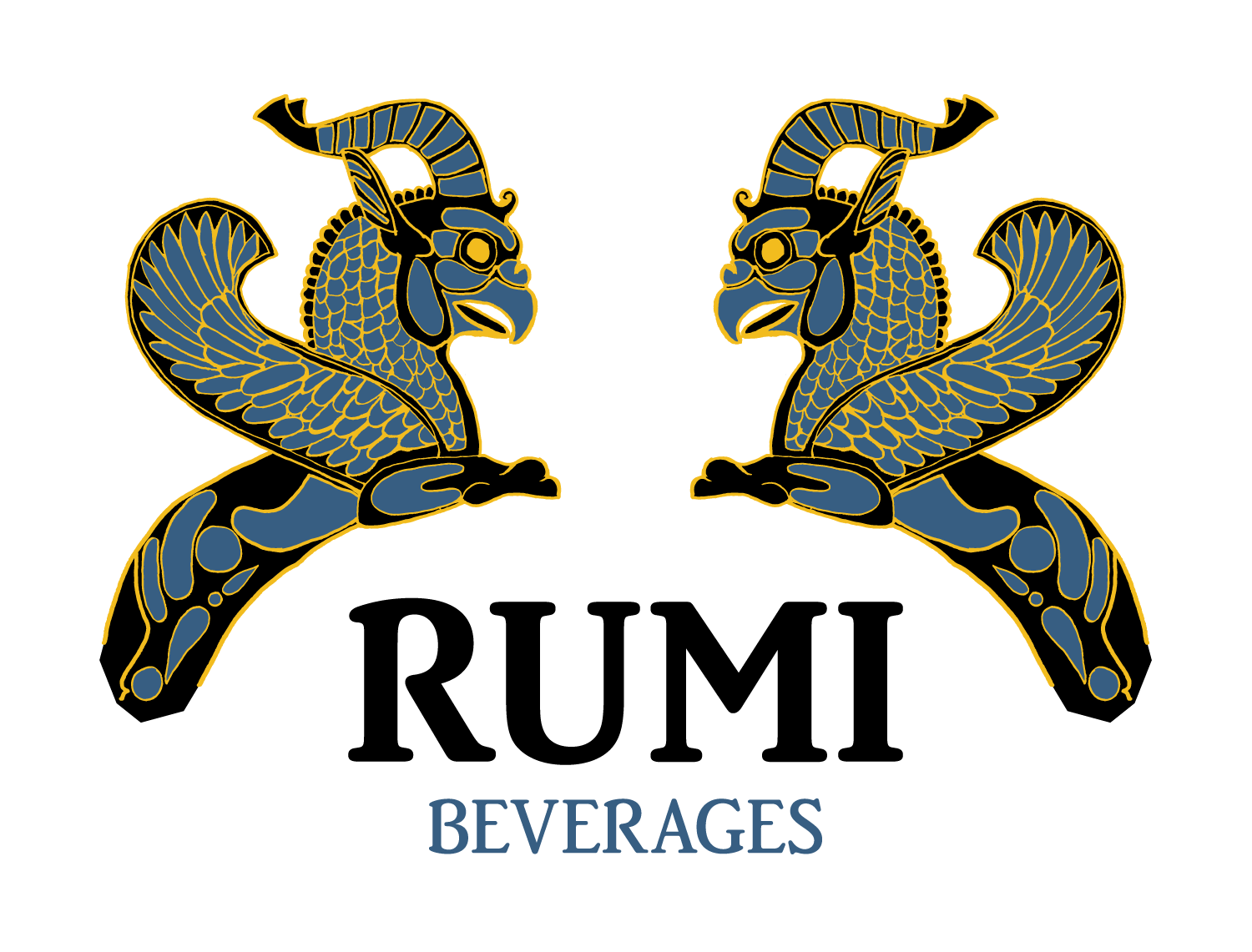Parsi Wines
Badakhshan the City
Badakhshan, located in current Afghanistan and Tajikistan. Aside from its cultural treasures, poetry, literature and mysticism, Badakhshan is most famous for her mesmerizing blue stone, the lapis lazuli, which has been mined for more than 4,000 years. From the breath-taking blue in the Sistine Chapel to Salvator Mundi of da Vinci and the famous Girl with a Pearl Earring of Vermeer, all have used the lazuli of Badakhshan.


Balkh the City
Balkh, in the north of current Afghanistan, formerly the capital of ancient Bactria. The town was captured by Alexander the Great about 330 BC. Thereafter it was the capital of the Greek satrapy of Bactria. In succeeding centuries, the city fell to various nomadic invaders, including the Turks and Kushāns, until it was decisively taken by the Arabs in the 8th century. Balkh then became the capital of Khorāsān; it enlarged greatly in size until under the ʿAbbāsids (750 – 1258 CE) and Sāmānids (819 – 999 CE) its fame as a capital and centre of learning earned it the title of “mother of cities.”
Espahan the City
Espahan, in current Iran, aka Isfahan was once the capital of Persia and the largest city in the world. Apart from the breath-taking historical buildings and their stunning architecture, Espahan is well known for the production of handicrafts from Persian rugs to hand-painted tiles and amazing mosaic. In Persian we call this city as the “half of the world”.


Samarqand the City
Samarqand or Samarkand, current Uzbekistan, is one of the oldest inhabited cities in Central Asia. Samarqand and Bukhara were once the cultural capital of the Persian world. Some historians believe that Samarqand was built somewhere between the 8th and 7th centuries BC. Prospering from its location on the Silk Road between China and the Mediterranean, at times Samarqand was one of the greatest cities of Central Asia. By the time of the Achaemenid Empire of Persia, it was the capital of the Sogdian satrapy.


